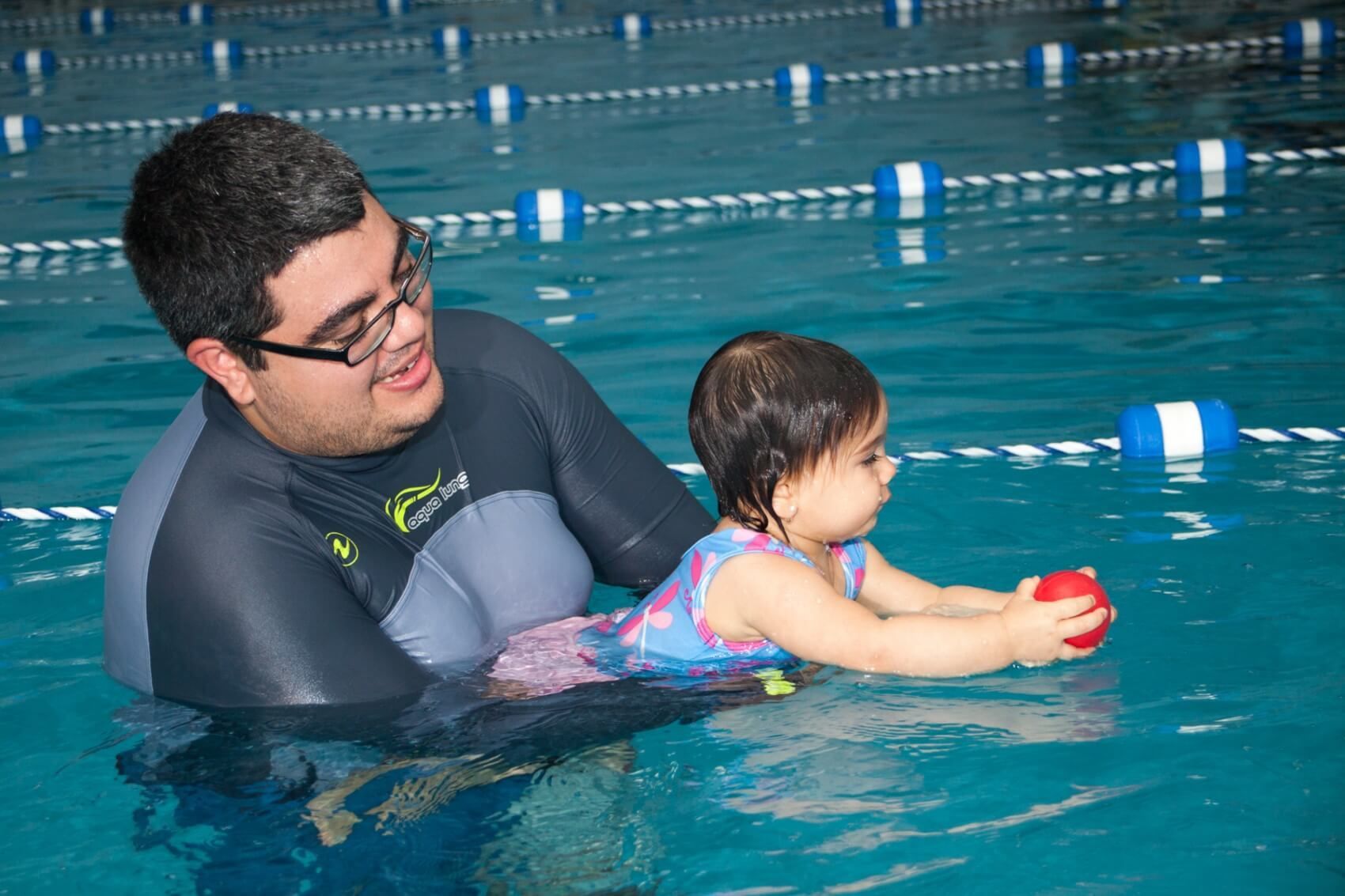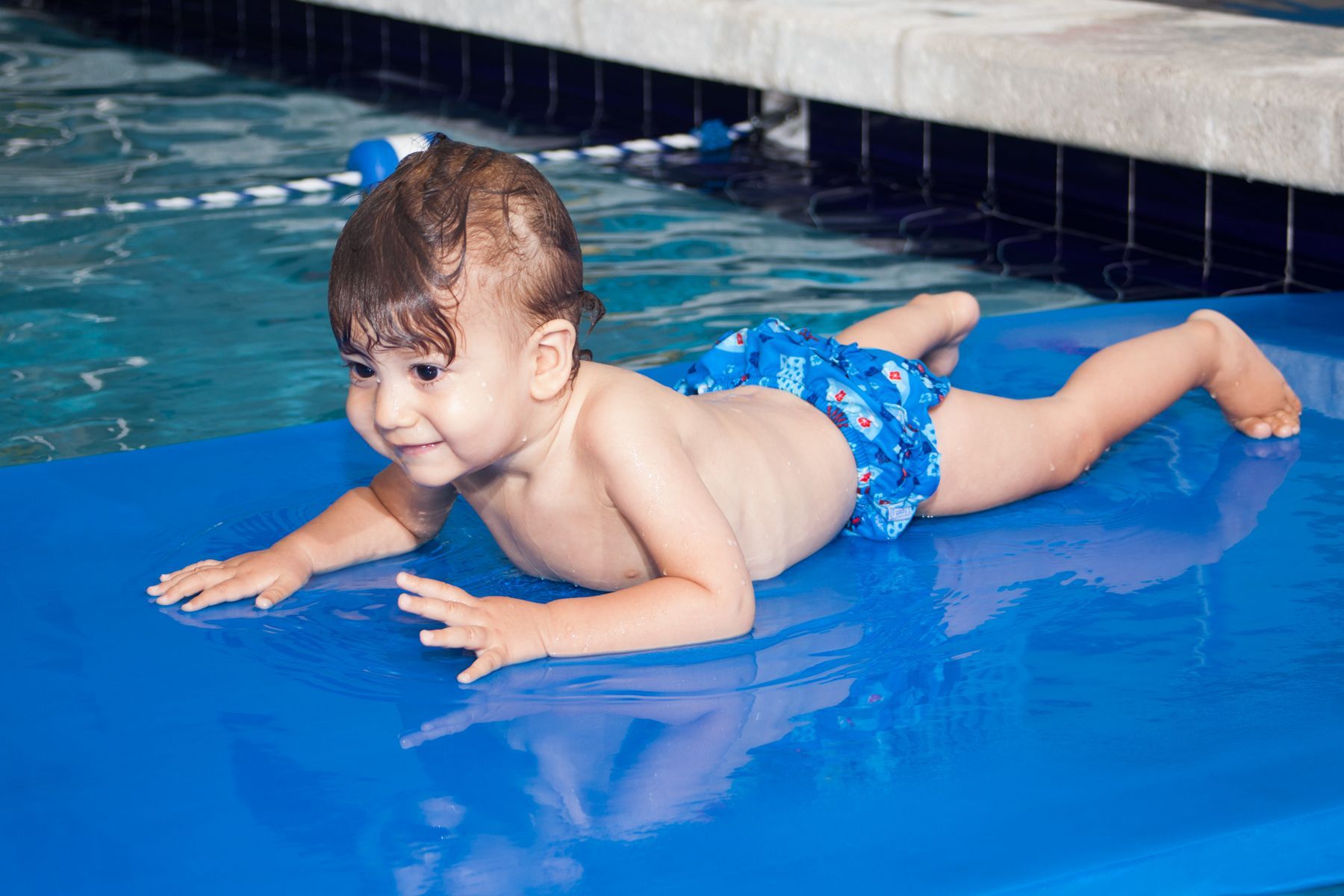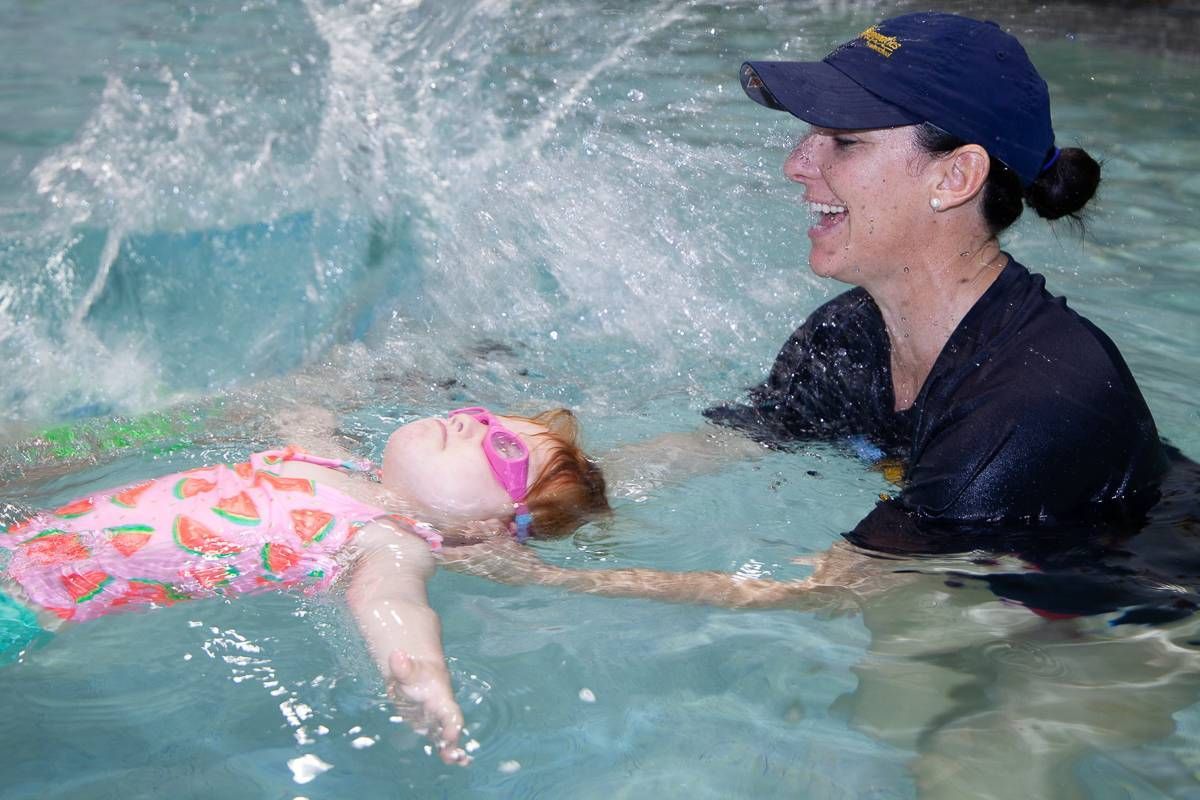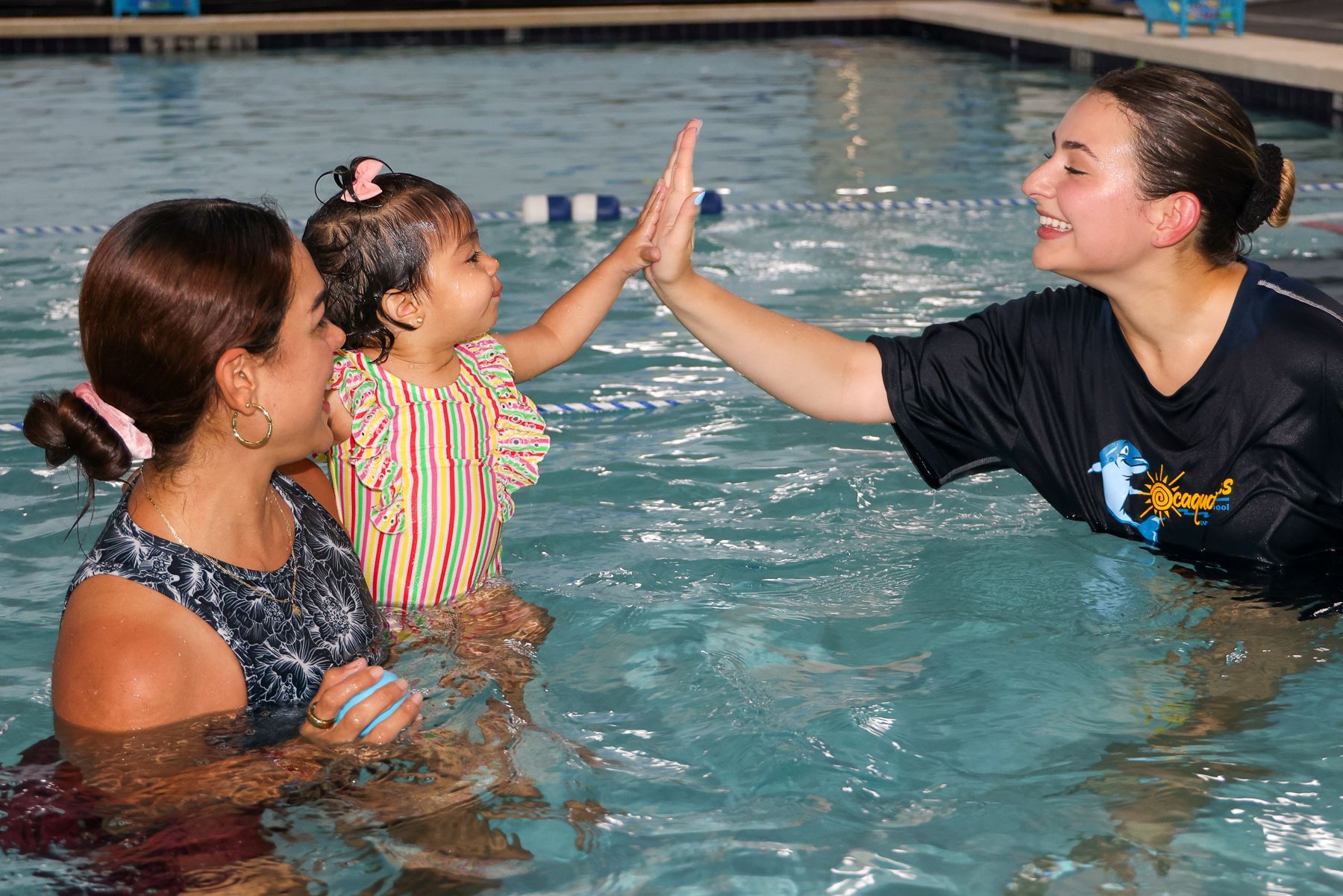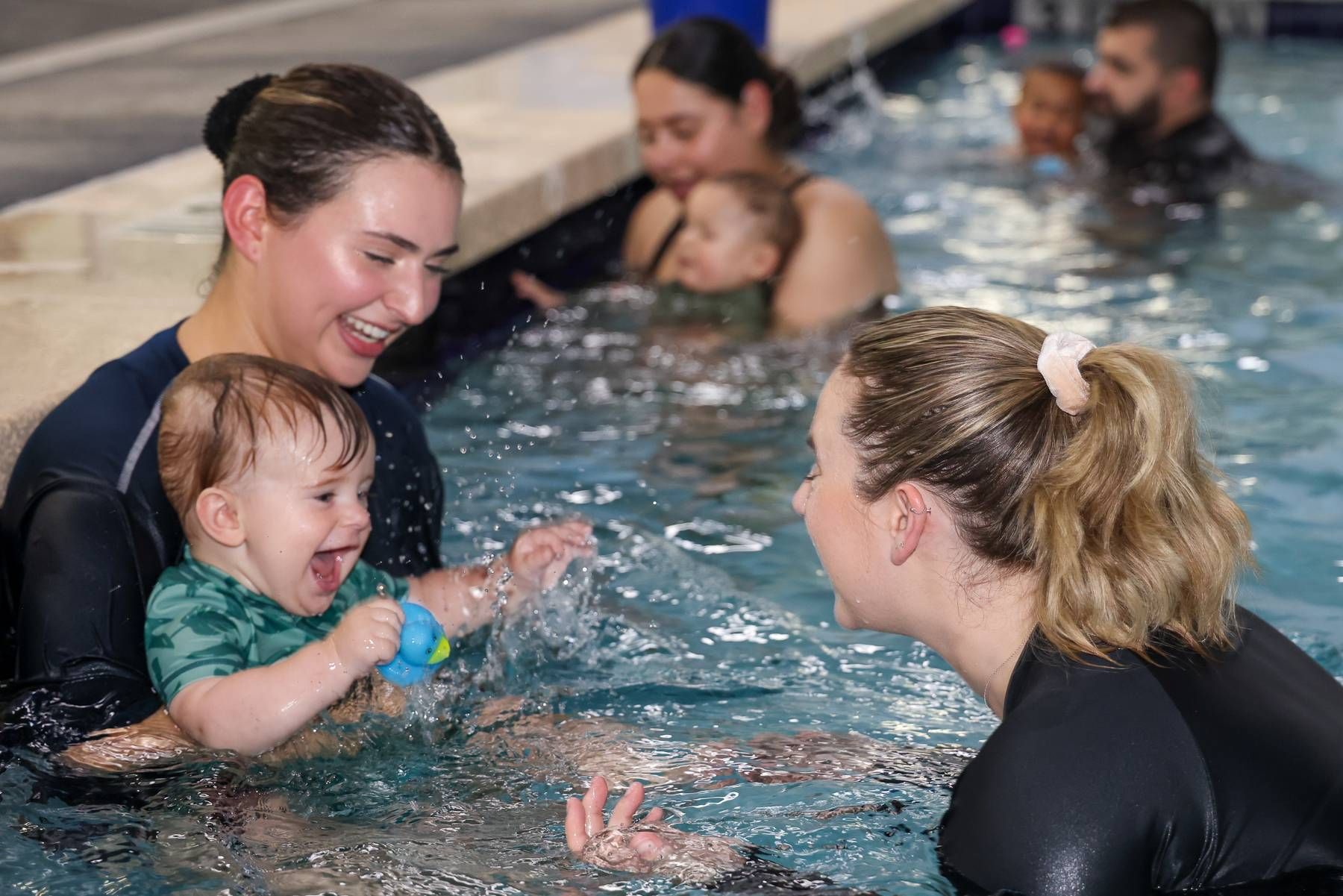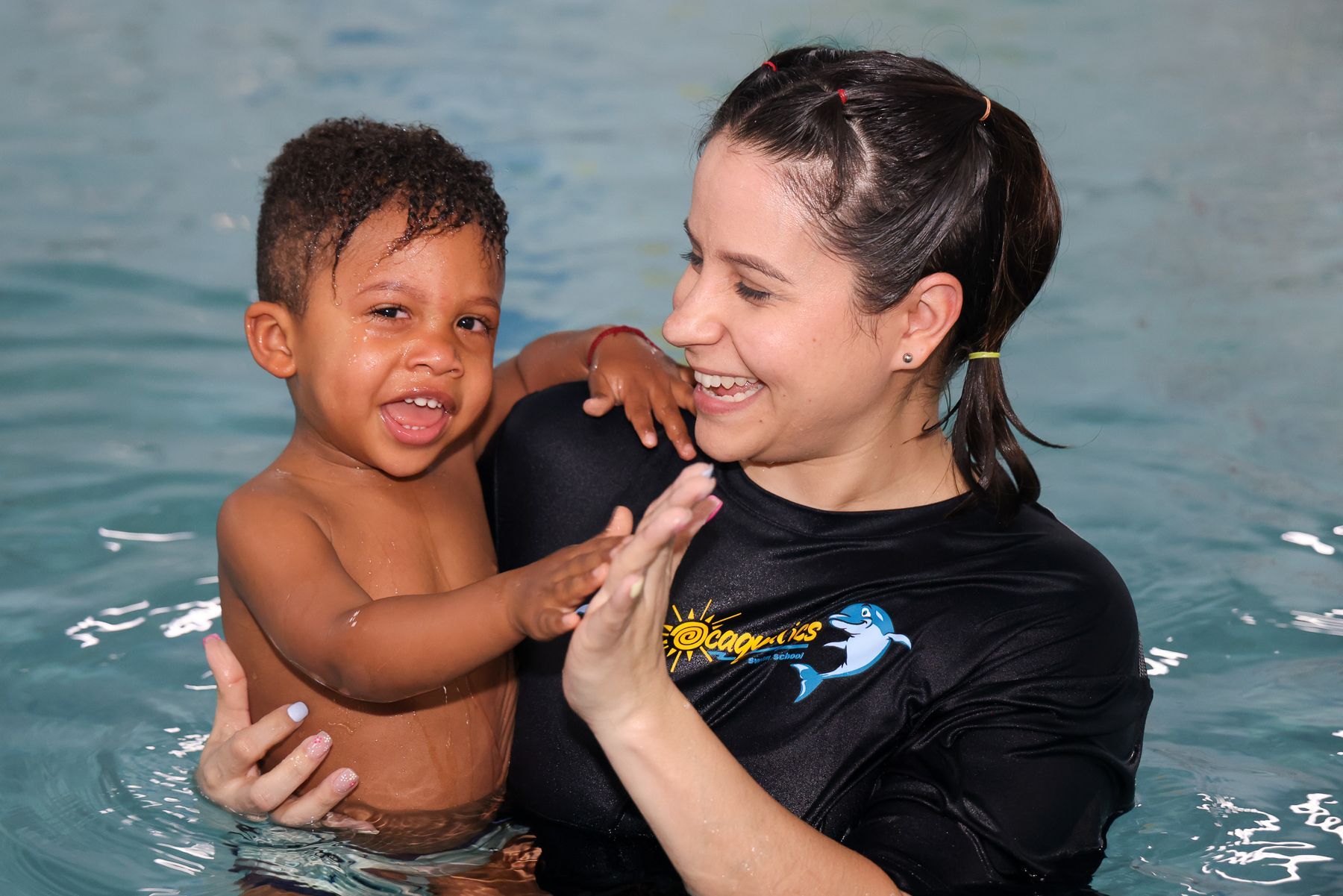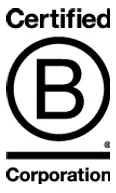Ways to Practice Swim Skills at Home
Swimming lessons are important for all children, especially those in South Florida. Between lessons, practicing swim skills at home is encouraged to help your kids prepare for their next lesson.
If you’re looking for a place that provides
swimming lessons for kids, Ocaquatics Swim School can help with a range of lessons and programs taught by experienced and qualified instructors. We are dedicated to providing a safe and supportive learning environment for beginners and advanced swimmers.
In this informative blog post, we explore the different ways you can work with your kids to improve swim skills at home, even on dry land!
Why Practicing Swim Skills at Home Is Important Outside of Swimming Lessons
Some children will naturally love swimming lessons, while others may take time to learn how to enjoy being in the water. No matter which type of swimmer you have, practicing swim skills at home is an important step between each swimming lesson.
When your children practice the skills they learn at home outside of the pool, it helps them understand the ways their body is positioned without water. It makes them feel more comfortable and confident in themselves as these new skills become familiar to them.
Warming up and stretching exercises like the ones discussed below will also improve their flexibility and prevent injuries from occurring. Once they get back in the water, they’ll be even more ready to excel at swimming.
Home Swim Practice Tips for Your Kids
Whether you have your own pool or not, practicing swimming skills at home should start on dry land. Have your kids try improving their swim skills at home with these home swim practice tips:
Standing Rainbows Arms
A strong stroke helps any swimmer to become more effective in the water. You can try this together with your young swimmers and skip the gym. Simply pretend you are making a rainbow with your arms, starting with the right arm. Move it straight back, then straight up so it is pressed against the ear, then extend it straight out in front before pulling it back to your starting position. Repeat this windmill stroke on the left side, making sure that you lead by example, keeping the arms straight and close to the head.
Another important consideration for improving forward motion in the water is that the fingers must be together and cupped, ensuring a strong stroke.
Straight Leg Kicks
Making the right kicking motions in the water is the best path to swimming success. You can get down on the ground with your child, lying on your belly. Start by slowly raising your right leg, followed by your left leg, to make the same motions as you would in the water.
When swimming, you should not bend your knees. You can make a game of this with your child by awarding points for not bending their knees and increasing the points earned by seeing how high they can kick their feet. Younger children often struggle with keeping their legs straight while kicking, but when you practice this way, you can help them by improving their swimming skills at home.
Practicing Swim Skills at Home in the Bathtub
Getting the arm and leg motions right while on land is a great way to improve swim skills at home. You can also get your child to feel more comfortable putting their face in the water while supervising them in the bathtub.
Some children are more afraid of the water than others, and if your child is scared, use bath time as a chance to help them get more comfortable. The bathtub is much smaller than a swimming pool or other body of water, making it much less intimidating for young, new swimmers.
One crucial skill that children need to develop is being able to blow bubbles in the water. While you are by their side, encourage them to put their face in the water and blow out bubbles. Your child may be thrilled at this and find it fun, and even be inclined to submerge their entire head under the water.
However, if your child isn’t quite at the point where they feel comfortable fully putting their head underwater, keep encouraging them to just put their face in and blow bubbles. As you practice, they will begin to feel more comfortable with having their face in the water. Blowing bubbles may seem simple, but it is essential for teaching your child how to control their breathing when in water and improves their lung capacity.
If your child still doesn’t feel comfortable trying to put their face in the water in the bathtub, you can practice breathing skills on dry land. You can play a game to see who can hold their breath the longest, even as you practice those windmills and leg kicks.
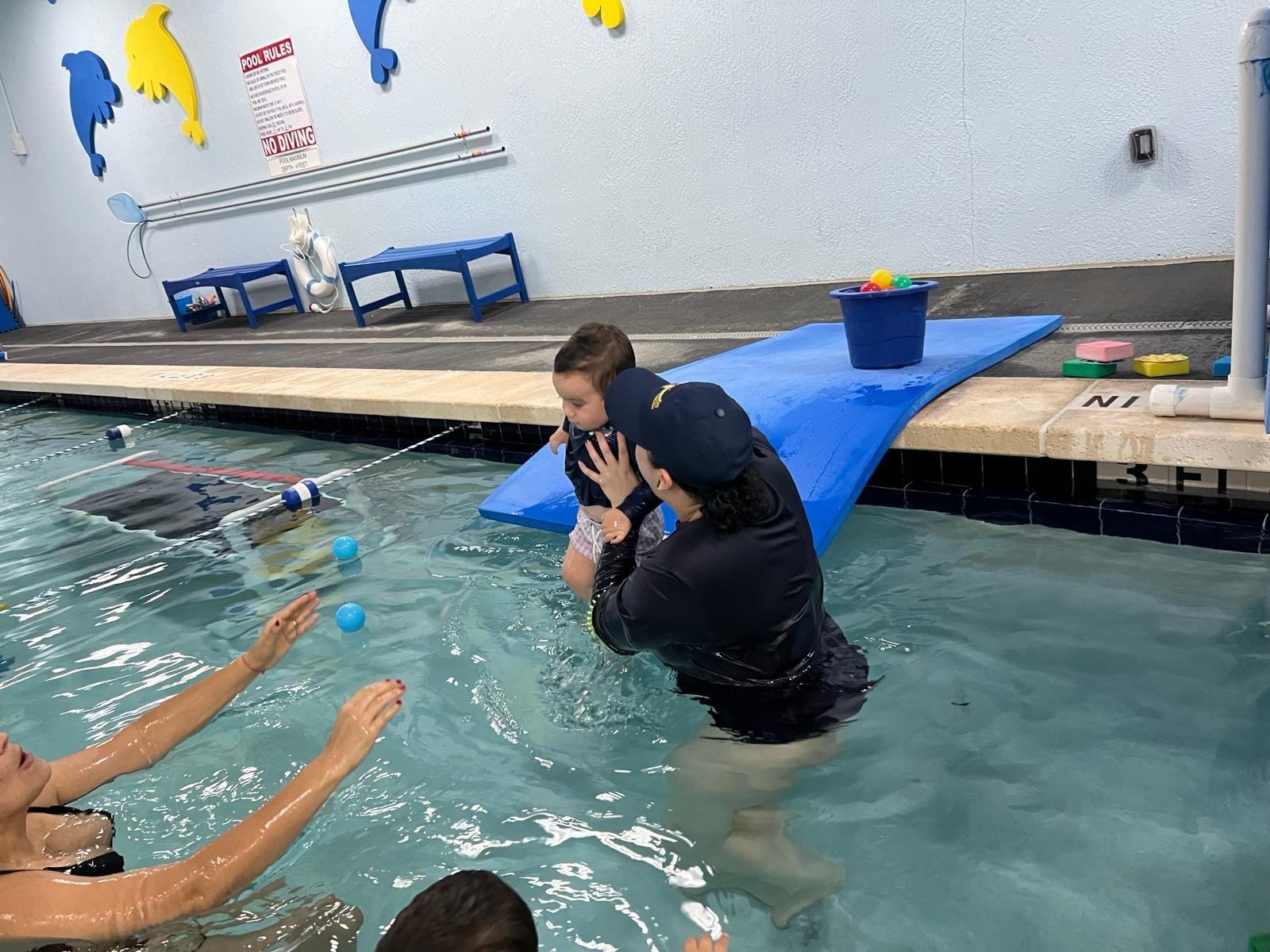
Let the Professionals Inspire Your Child
While practicing swim skills at home is a great way to get your child’s body ready for the types of common movements made while in the water, observation is also key. Remember, children love to imitate what they see and it can be extremely beneficial for them to watch professional swimmers move through the water.
Another benefit of watching Olympians and other swimmers in the water is that your children will naturally pick up the terminology for each stroke. This will help swimming become more familiar to them rather than something scary and new.
Improving Swim Skills at Home with Pool Access
If you also have a pool of your own or in your community, you can take to the water with your child to continue learning after swimming lessons. Let the instructors teach the basics while you ensure practice for the best results. At Ocaquatics Swim School, we have been teaching children how to swim safely for over 30 years. We help children develop a love for the water, and with your encouragement and practicing swim skills at home, they are sure to love it all the more!





